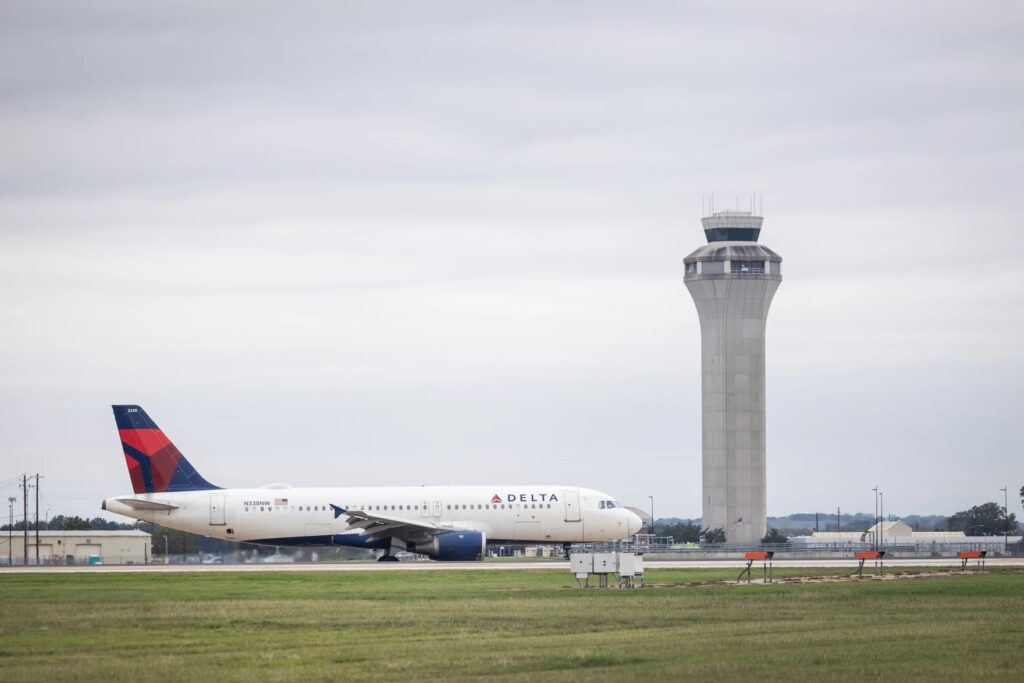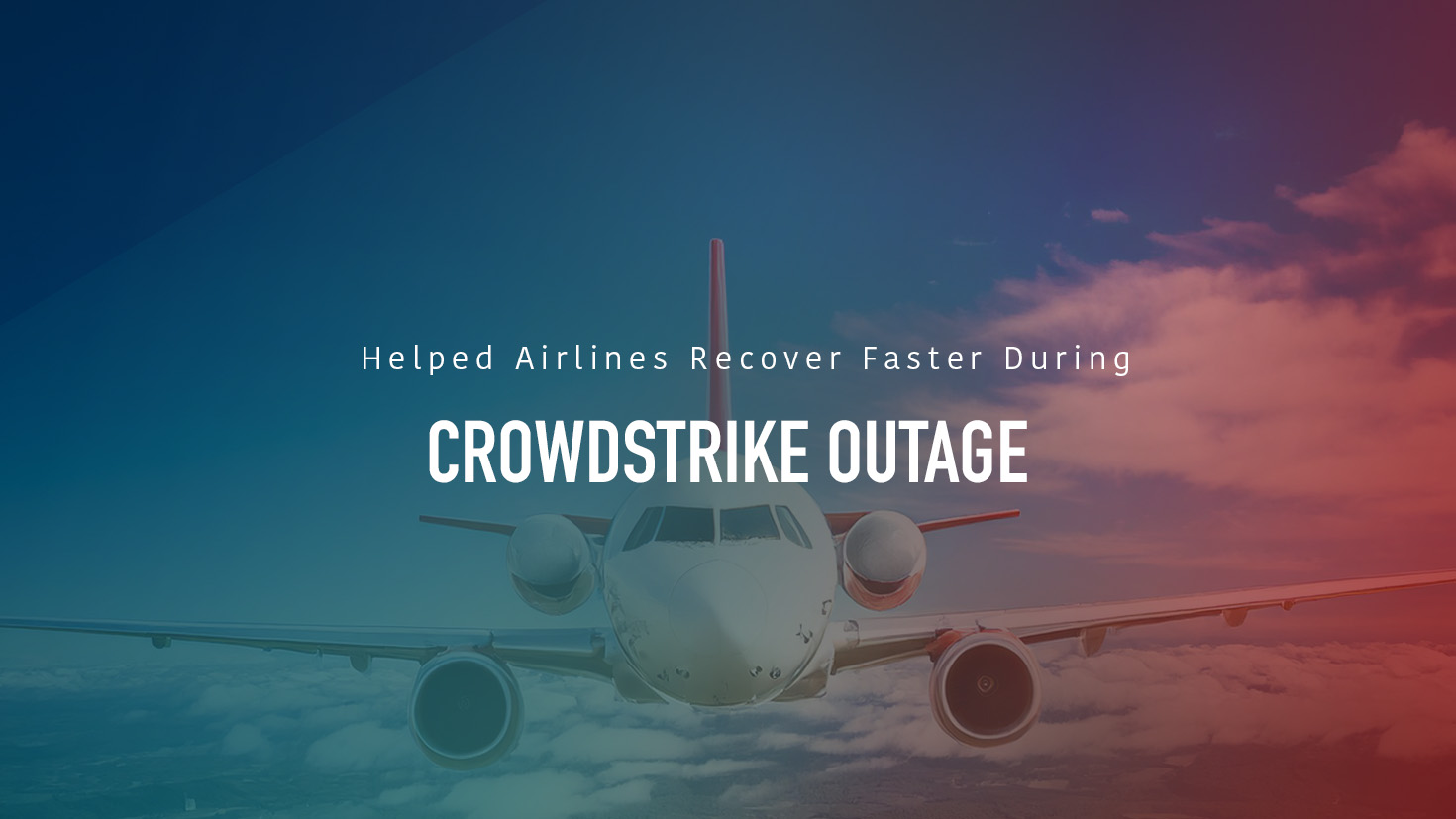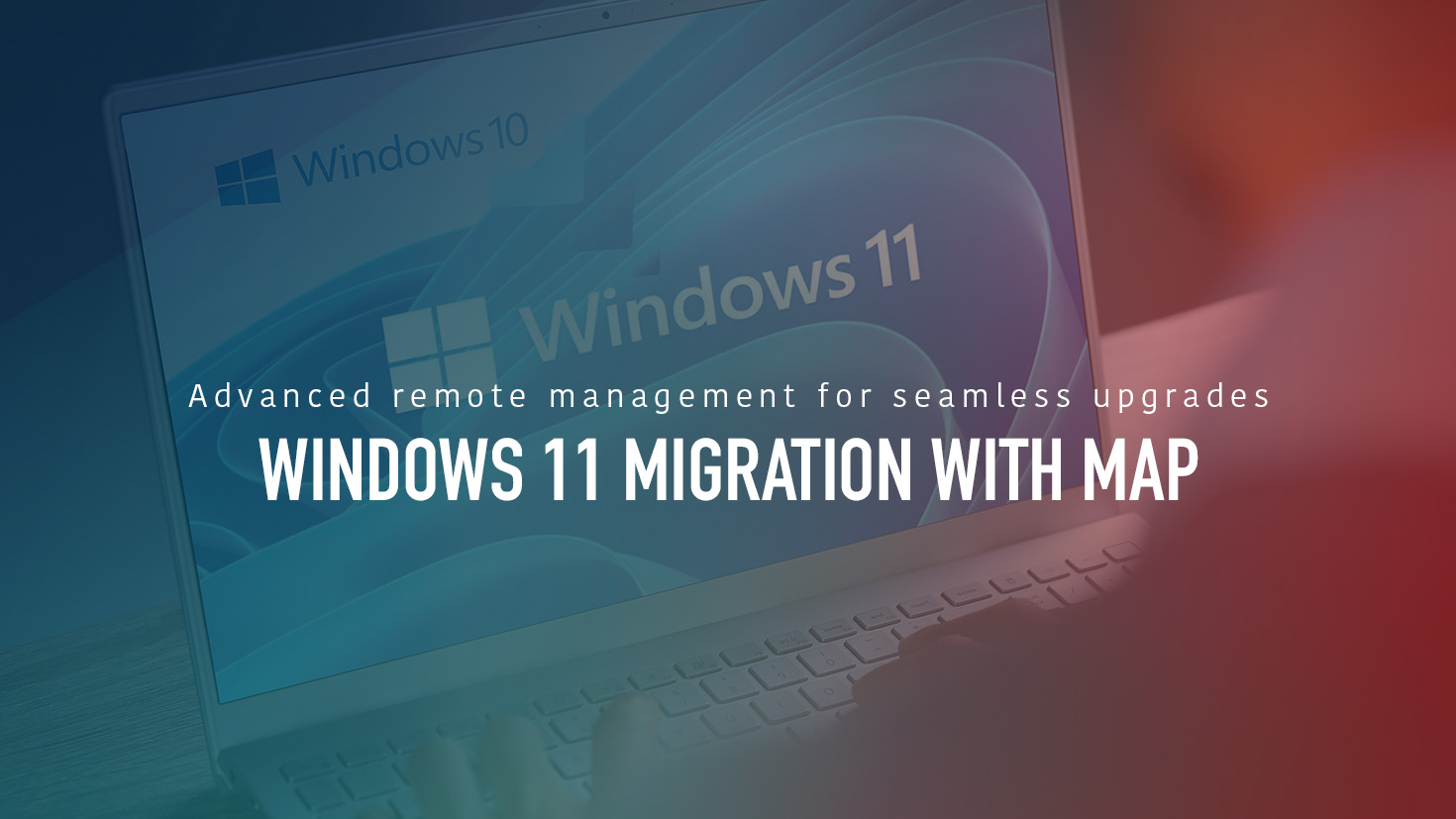The recent outage caused by a faulty update from cybersecurity firm CrowdStrike has sent shockwaves through various industries, particularly in the airline sector. While some carriers like United Airlines and American Airlines quickly got back on track, others, such as Delta, faced significant disruptions.
On July 20th, United Airlines announced that most of its technology systems had been restored in just one day after the worldwide IT outage. American Airlines reported a similar success, stating it had managed to complete over 99% of its scheduled departures following the shutdown. Without the CrowdStrike incident, American projected it would have only cancelled 10 flights instead of the 43 that occurred.
In sharp contrast, Delta Airlines emerged as the hardest hit by the outage, cancelling over 7,000 flights in a span of five days due to the fallout from the CrowdStrike update. The financial toll has been staggering: Delta’s third-quarter earnings report revealed that the incident cost the airline approximately $380 million. Its CEO, Ed Bastian, has said that the total damages could reach up to $500 million, leading the airline to consider legal action against CrowdStrike.
Speaking about the issue, Pat Gelsinger, CEO of Intel, said: “For customers dealing with the CrowdStrike Blue Screen Of Death, vPro customers were able to recover in a day or so where the customers not on vPro took weeks to recover.”
This incident serves as a stark reminder of the interconnectedness of technology and business operations. While some airlines managed to navigate the storm with relative ease, others found themselves grounded, illustrating the varying degrees of preparedness in the face of a tech crisis.
As we look ahead, the implications of this outage will likely prompt many companies to reassess their cybersecurity measures and technology investments.
For those companies looking to add that extra layer of support to PC fleets, Managed Application Platform (MAP) enables companies to implement Intel's vPro technology quickly and efficiently, to deliver the added protection, resilience, and recovery benefits to their IT systems.




